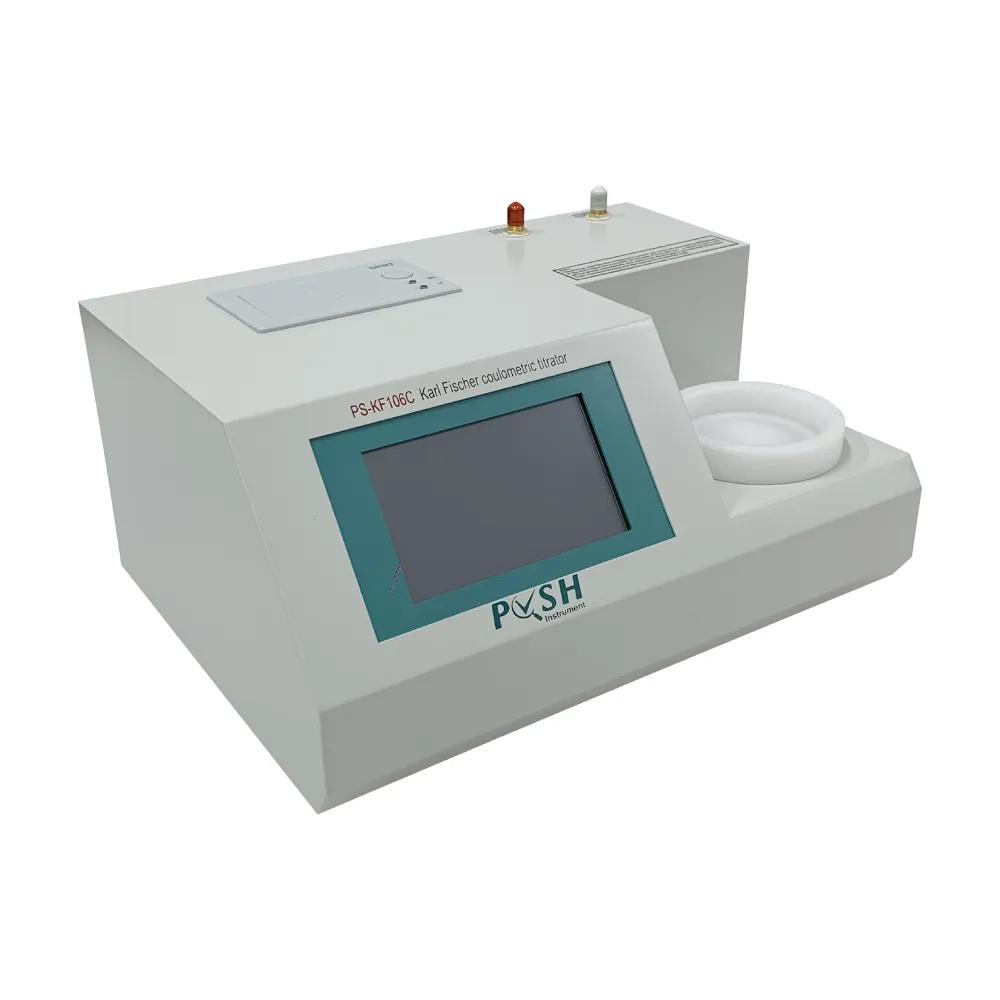 English
English



-
 Afrikaans
Afrikaans -
 Albanian
Albanian -
 Amharic
Amharic -
 Arabic
Arabic -
 Armenian
Armenian -
 Azerbaijani
Azerbaijani -
 Basque
Basque -
 Belarusian
Belarusian -
 Bengali
Bengali -
 Bosnian
Bosnian -
 Bulgarian
Bulgarian -
 Catalan
Catalan -
 Cebuano
Cebuano -
 China
China -
 China (Taiwan)
China (Taiwan) -
 Corsican
Corsican -
 Croatian
Croatian -
 Czech
Czech -
 Danish
Danish -
 Dutch
Dutch -
 English
English -
 Esperanto
Esperanto -
 Estonian
Estonian -
 Finnish
Finnish -
 French
French -
 Frisian
Frisian -
 Galician
Galician -
 Georgian
Georgian -
 German
German -
 Greek
Greek -
 Gujarati
Gujarati -
 Haitian Creole
Haitian Creole -
 hausa
hausa -
 hawaiian
hawaiian -
 Hebrew
Hebrew -
 Hindi
Hindi -
 Miao
Miao -
 Hungarian
Hungarian -
 Icelandic
Icelandic -
 igbo
igbo -
 Indonesian
Indonesian -
 irish
irish -
 Italian
Italian -
 Japanese
Japanese -
 Javanese
Javanese -
 Kannada
Kannada -
 kazakh
kazakh -
 Khmer
Khmer -
 Rwandese
Rwandese -
 Korean
Korean -
 Kurdish
Kurdish -
 Kyrgyz
Kyrgyz -
 Lao
Lao -
 Latin
Latin -
 Latvian
Latvian -
 Lithuanian
Lithuanian -
 Luxembourgish
Luxembourgish -
 Macedonian
Macedonian -
 Malgashi
Malgashi -
 Malay
Malay -
 Malayalam
Malayalam -
 Maltese
Maltese -
 Maori
Maori -
 Marathi
Marathi -
 Mongolian
Mongolian -
 Myanmar
Myanmar -
 Nepali
Nepali -
 Norwegian
Norwegian -
 Norwegian
Norwegian -
 Occitan
Occitan -
 Pashto
Pashto -
 Persian
Persian -
 Polish
Polish -
 Portuguese
Portuguese -
 Punjabi
Punjabi -
 Romanian
Romanian -
 Russian
Russian -
 Samoan
Samoan -
 Scottish Gaelic
Scottish Gaelic -
 Serbian
Serbian -
 Sesotho
Sesotho -
 Shona
Shona -
 Sindhi
Sindhi -
 Sinhala
Sinhala -
 Slovak
Slovak -
 Slovenian
Slovenian -
 Somali
Somali -
 Spanish
Spanish -
 Sundanese
Sundanese -
 Swahili
Swahili -
 Swedish
Swedish -
 Tagalog
Tagalog -
 Tajik
Tajik -
 Tamil
Tamil -
 Tatar
Tatar -
 Telugu
Telugu -
 Thai
Thai -
 Turkish
Turkish -
 Turkmen
Turkmen -
 Ukrainian
Ukrainian -
 Urdu
Urdu -
 Uighur
Uighur -
 Uzbek
Uzbek -
 Vietnamese
Vietnamese -
 Welsh
Welsh -
 Bantu
Bantu -
 Yiddish
Yiddish -
 Yoruba
Yoruba -
 Zulu
Zulu
transformer oil analysis
Transformers, the silent sentinels of electrical grids, are vital for any country's power infrastructure, ensuring that energy is delivered efficiently and reliably. One crucial aspect of maintaining these impressive machines is transformer oil analysis. For anyone responsible for the upkeep of transformers, understanding the nuances of transformer oil analysis is essential not only for preventing costly downtimes but also for ensuring the safety and longevity of your equipment.

Experience obtained from years of observing and handling transformer maintenance unequivocally shows that transformer oil is far more than a simple lubricant. It performs critical functions like electrical insulation, heat dissipation, and protecting the internal components of the transformer. Over time, however, the oil deteriorates, potentially causing devastating failures if unchecked. This is why transformer oil analysis is an indispensable aspect of preventive maintenance.
Professionals in the field of electrical engineering utilize a battery of tests to gauge the oil's condition. A leading indicator within the realm of expertise is the Dissolved Gas Analysis (DGA). This test is fundamental because it detects minor and major faults by identifying gases produced by oil decomposition within the transformer. The presence and concentration of specific gas types can reveal ongoing issues like overheating, arcing, or paper degradation. Such insights are invaluable for preemptive diagnosis and intervention.

Furthermore, assessing the moisture content in the oil is equally crucial. Moisture compromises the oil’s insulating properties, leading to reduced efficiency and the potential for short circuits. Advanced knowledge in the area indicates that maintaining moisture levels below certain thresholds can significantly enhance transformer reliability. The dielectric breakdown voltage test comes to the fore here, as it measures the voltage at which the oil fails electrically and can shed light on the moisture and particulate contamination.
transformer oil analysis
The importance of Regular Interfacial Tension (IFT) tests cannot be overstated. This test evaluates the presence of polar contaminants or oxidative products in the oil. A decline in IFT points towards the oil's degradation, indicating that proactive measures, such as oil reclamation or replacement, might be necessary.
Ensuring that these tests are consistent and accurately interpreted demands an authoritative approach. Specialized firms offer this service because, while the chance exists for in-house testing, external laboratories often possess the advanced technology and experience to deliver more reliable results. They provide in-depth reports and recommendations based on the latest industry standards and methodologies, thereby reinforcing trust in their analyses.
Finally, credibility in transformer maintenance is built through a systematic adherence to these analyses and regular monitoring processes. Organizations that document and analyze historical data effectively safeguard their assets and enhance operational efficiency. By establishing a routine of oil sampling and analysis, they demonstrate a commitment to the highest maintenance standards, thereby fostering operational trustworthiness.
In essence, the role of transformer oil analysis extends beyond basic maintenance; it is an expert, authoritative practice integral to preserving equipment longevity and ensuring reliable energy distribution. With industry-driven techniques and consistent, expert evaluations, transformer oil analysis stands as a testament to engineering excellence and progressive asset management. As more organizations recognize its value, it remains steadfast in its role—an unsung hero in the quest for uninterrupted power service.
-
Testing Equipment Industry Sees Major Advancements in 2025: Smart & Precision Technologies Lead the WayNewsJun.06,2025
-
Applications of Direct Current Generators in Renewable Energy SystemsNewsJun.05,2025
-
Hipot Tester Calibration and Accuracy GuidelinesNewsJun.05,2025
-
Digital Circuit Breaker Analyzer Features and BenefitsNewsJun.05,2025
-
Benefits of Real-Time Power Quality Monitoring Devices for Industrial EfficiencyNewsJun.05,2025
-
Earth Fault Loop Testing in High-Rise Building Electrical SystemsNewsJun.05,2025



